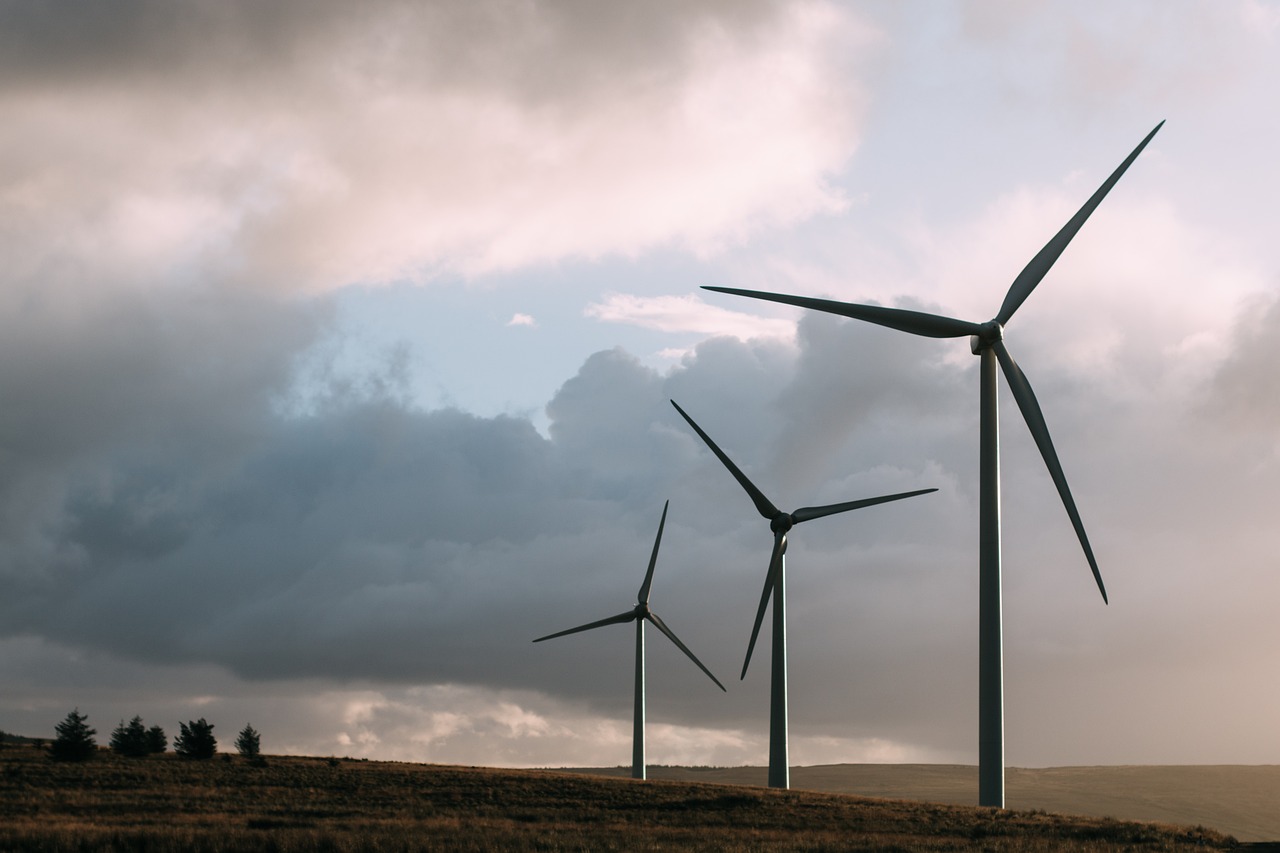- The 15 Windiest Cities in America, Ranked by Average Speed - August 4, 2025
- The 13 Snowiest States in the U.S. – And It’s Not Just Alaska - August 4, 2025
- Top U.S. States With the Most Solar-Powered Homes - July 31, 2025
Amarillo, Texas – The Ultimate Wind Champion

Amarillo, TX is the windiest major city in the U.S. Its strong, consistent winds are due to its location in the Southwestern Great Plains. The winds here blow with such ferocity that locals have simply accepted them as part of daily life. As reported by the NWS, the strongest wind gust happened in 1949, but in terms of the average wind speeds on a day-to-day basis, they reach 13.6 mph. The city’s wind record occurred during the typically calm winter, when powerful gusts from a storm over the Rocky Mountains brought intense winds to the area. This is a fairly common phenomenon across the Western Plains. Low pressure moves west across the tall mountains before speeding (and spinning) downhill due to strong temperature and elevation differences.
Rochester, Minnesota – The Northern Wind Powerhouse

Rochester is the second-windiest city in the U.S., beating out nearby Chicago and Minneapolis by a wide margin. Not only do winds tend to whip far faster in this part of the U.S. than the so-called Windy City — averaging 12.1 mph — it’s also one of the flattest areas in the country. What makes Rochester particularly fascinating is its winter wind patterns. In contrast to most other windy cities, Rochester sees some of its strongest winds in the winter due to cold fronts from Canada. In 2019, Rochester received it’s strongest winds on record, clocking in at 74 mph, according to the National Weather Service. This speed is similar to a less intense Category 1 hurricane, but it’s nonetheless notable, considering a hurricane has never officially struck Minnesota.
Lubbock, Texas – The Cotton Capital’s Constant Breeze
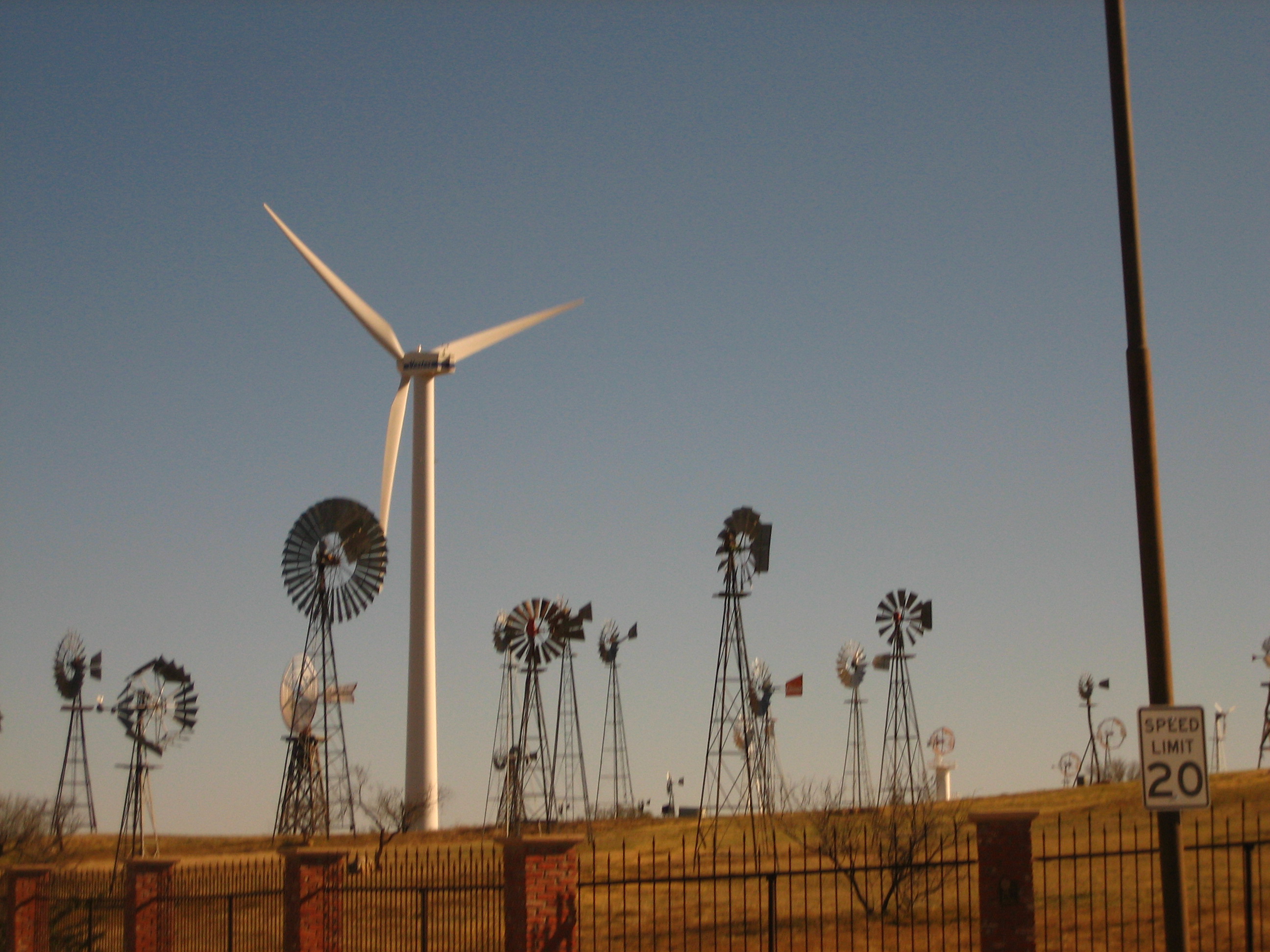
Just 120 miles south of Amarillo, Lubbock, TX is the third-windiest city in the country. Lubbock is dominated by flat, dry prairies, oil wells, and cattle ranches, and owes its wind to strong thunderstorms, pressure instability, and flat terrain. As such, it’s one of the fastest-growing regions for wind power energy production with wind speeds averaging 12.4 mph. The city’s relationship with wind runs deep – it’s practically woven into the fabric of daily life here. The peak gust here occurred in 1952, reaching a speed of 90 mph, according to the NWS.
Boston, Massachusetts – The Eastern Wind Giant
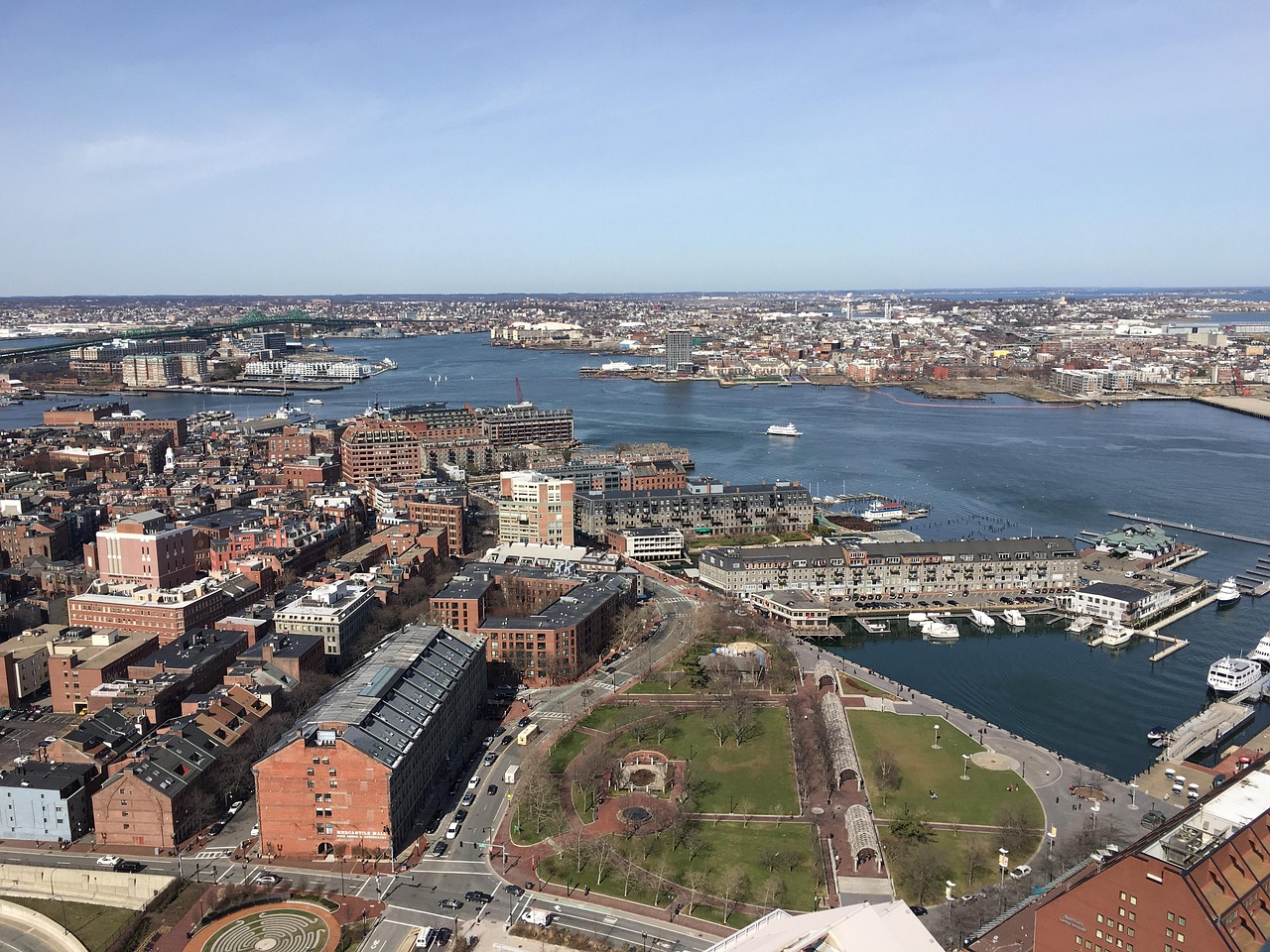
America’s windiest major city is Boston, where overall the wind blows two miles per hour faster than in Chicago. Boston, Massachusetts – 12.3 mph / 19.8 km/h. What’s remarkable about Boston is how it consistently outperforms cities you’d expect to be windier. Boston excels during the fall and winter, but is briefly outdone by Buffalo in January. Oklahoma City gets the strongest spring winds, while San Francisco is the best place to fly a kite throughout the summer months. The city’s coastal location plays a huge role in creating these persistent winds.
Oklahoma City, Oklahoma – Where Prairie Winds Rule
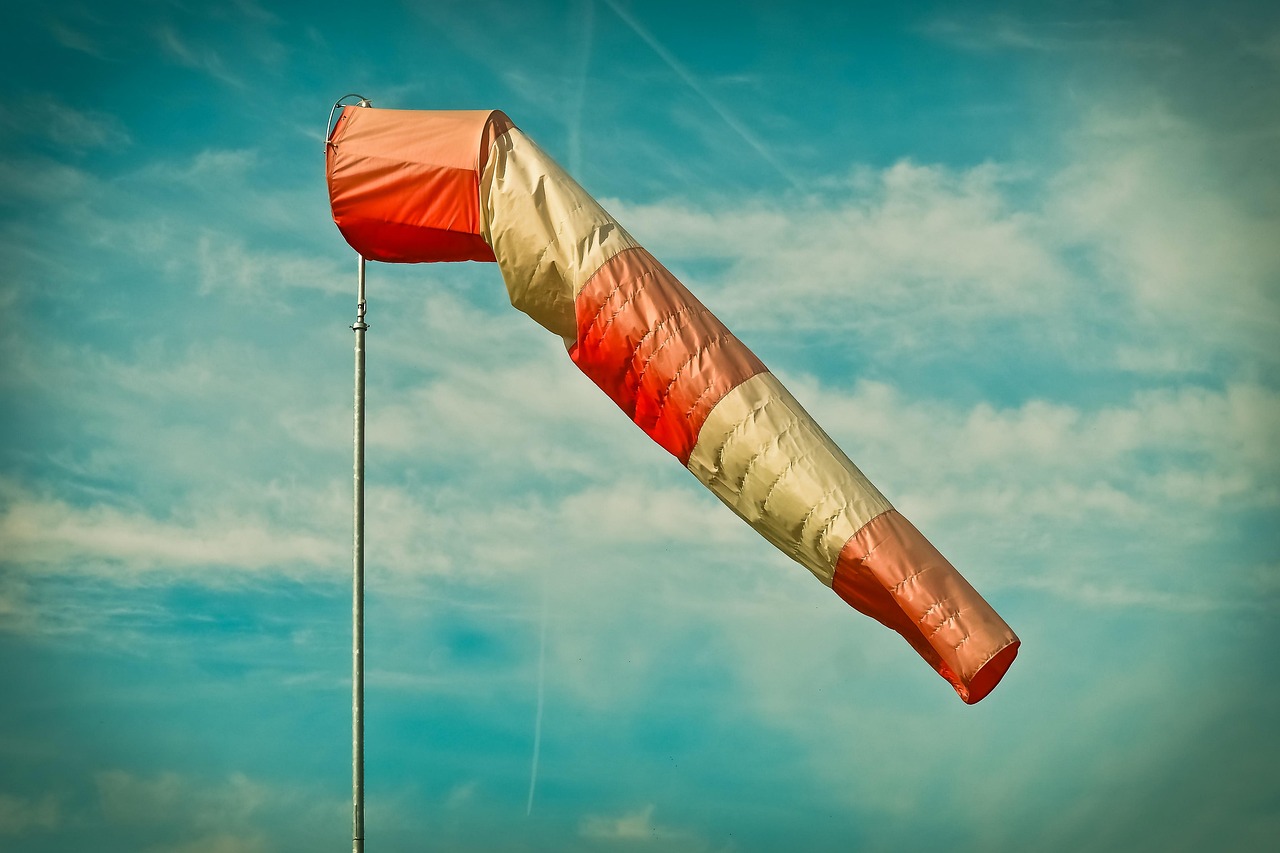
To paraphrase a line from the musical “Oklahoma,” the winds in the Sooner State do come sweeping down the plain rather briskly from time to time, especially in its state capital. On average, the wind speeds in Oklahoma City average 12.2 mp hand tend to ramp up during the month of March, according to Treehugger. The city sits perfectly positioned to catch those famous prairie winds that seem to blow endlessly across the Great Plains. It’s no wonder this place inspired songs about sweeping winds – they’re practically a daily occurrence here.
Corpus Christi, Texas – The Gulf Coast Wind Magnet
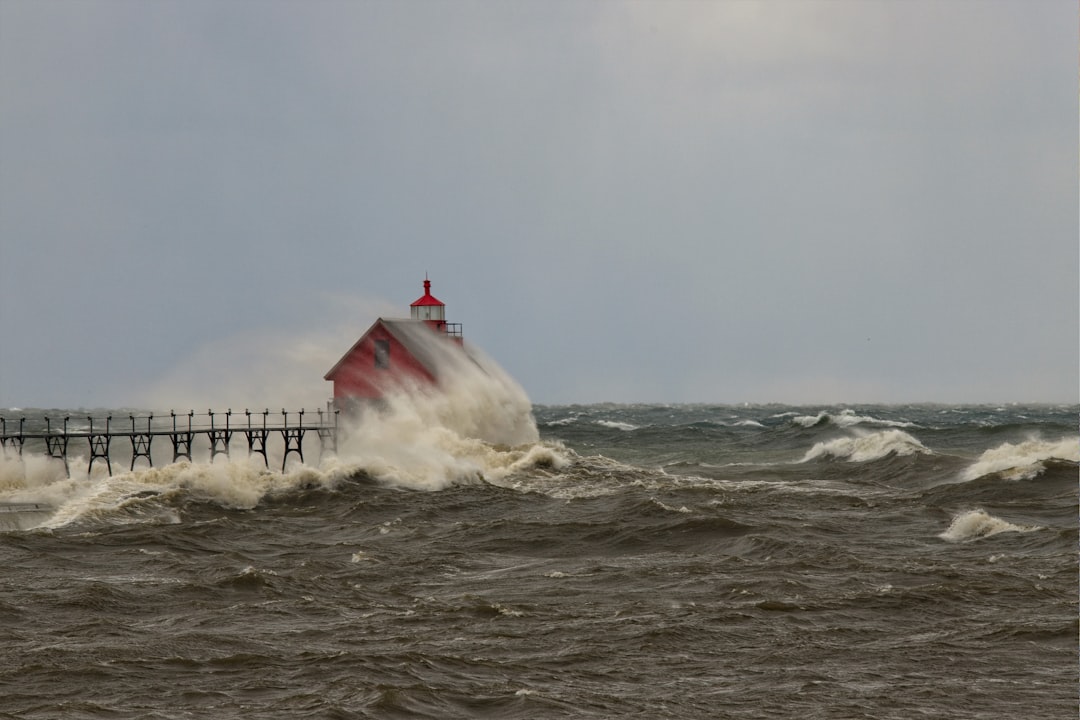
In view of normal yearly wind speeds, Corpus Christi is the eighth windiest in the United States. All year, this present city’s normal breeze speeds are 12 MPH. The windiest month is commonly April. Also one of the hottest cities in the U.S., Corpus Christi, TX is the fourth-windiest city in the country. In contrast to Midwestern cities, Corpus Christi’s wind comes from consistent summer breezes from the Gulf of Mexico and winter and spring stor The coastal location creates a unique wind pattern that differs significantly from inland cities. The Gulf breezes provide some relief from the intense Texas heat, making the wind almost welcome here.
Fargo, North Dakota – The Northern Plains Wind Warrior

Fargo, ND is the ninth-windiest city in the U.S. and one of the coldest. Although it’s farther north than other cities on this list, it’s still exceptionally flat and experiences a large amount of pressure instability, leading to strong, consistent winds. Fargo made it to the rundown of top windiest urban areas on the planet, coming in at #23 with a yearly normal breeze speed of 12.2 MPH. The combination of bitter cold and relentless wind makes Fargo winters particularly brutal, creating conditions that would challenge even the most hardy residents.
Wichita Falls, Texas – The Tornado Alley Wind Hub
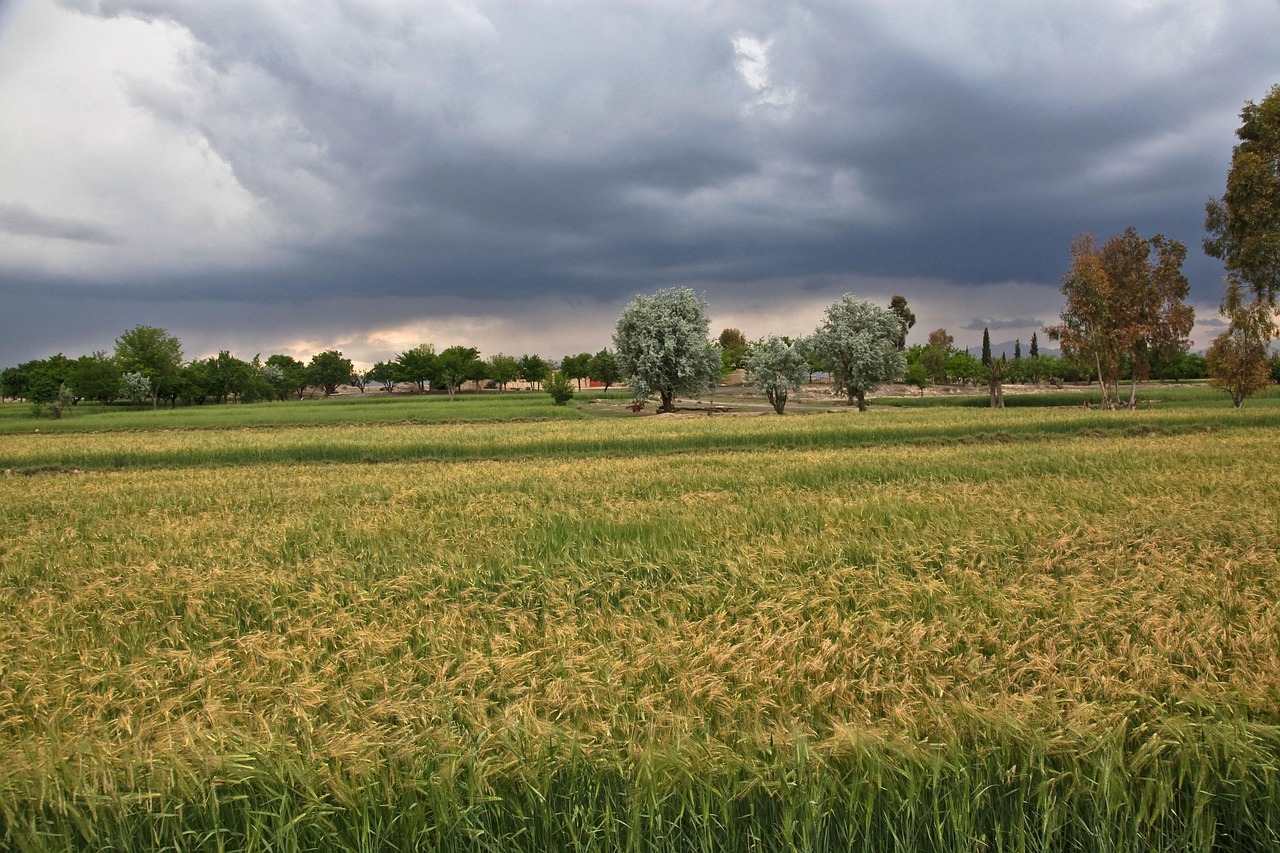
Wichita Falls, TX is the eight-windiest city in the country and one of the most prone to tornadoes (although cities in Louisiana and Mississippi may now own that title). Similar to Amarillo, Lubbock, and other Central and Western Texas cities, Wichita sees the strongest winds during the spring and deals with thunderstorms in the summer. Wichita Falls has seen plenty of strong storms, including an F-5 and F-4 tornado. While these storms can produce winds in excess of 250 mph, the readings are approximate and unofficial. The city’s location puts it right in the heart of storm season activity, making it a fascinating but challenging place to call home.
Buffalo, New York – The Lake Effect Wind Machine
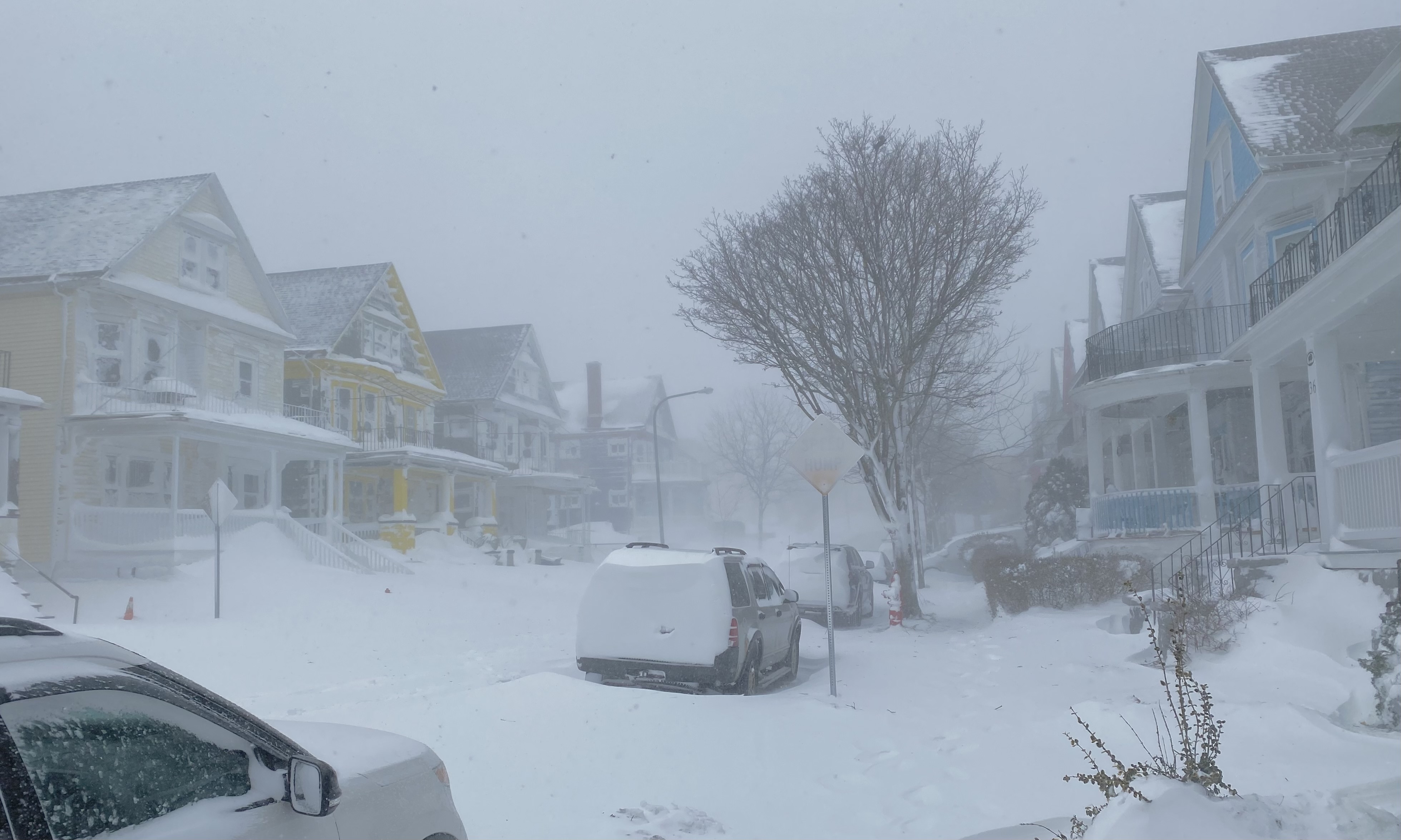
Buffalo is number 10, that is, the 10th windiest city in the U.S. The Weather Channel positioned Buffalo behind nine different towns in their positioning of America’s windiest urban communities. The normal breeze speed here is 11.8 miles every hour. Buffalo’s proximity to Lake Erie creates unique wind patterns that can change dramatically with the seasons. Boston excels during the fall and winter, but is briefly outdone by Buffalo in January. The lake effect doesn’t just bring snow – it brings powerful, sustained winds that make Buffalo winters legendary for their intensity.
Chicago, Illinois – The Famous Windy City That Isn’t Number One

The windiest city in the United States is not the one nicknamed the “Windy City”. Among large cities, Chicago ranks twelfth for fastest average wind speed. Chicago is named ‘The Windy City’ and while it is pretty windy, it is certainly not the windiest city in the US. Chicago, famously dubbed the Windy City, makes the top 50 list but falls short of the number one spot. Its famous skyline, featuring some of the tallest buildings in the U.S., can intensify winds as gusts flow around skyscrapers and create higher-speed win The nickname might be misleading, but Chicago’s urban wind tunnels created by towering skyscrapers still pack a punch.
Abilene, Texas – The Storybook Capital’s Windy Tale

Abilene, TX rounds out our list as the tenth-windiest city in the country. Just like nearby Lubbock and Wichita Falls, Abilene sees an excess of wind due to flat terrain, unstable air, and strong summer storms. Abilene’s nickname, the “Storybook Capital of America,” gives credence to its Texas charm and hospitality, as well as the first museum for picture book art in the country. A true old Western culture and a flat, wooded landscape give the city a unique feel that many love to call home. The winds here tell their own story, sweeping across the plains with the kind of persistence that defines much of Texas weather.
Dodge City, Kansas – Where the Old West Meets Modern Wind
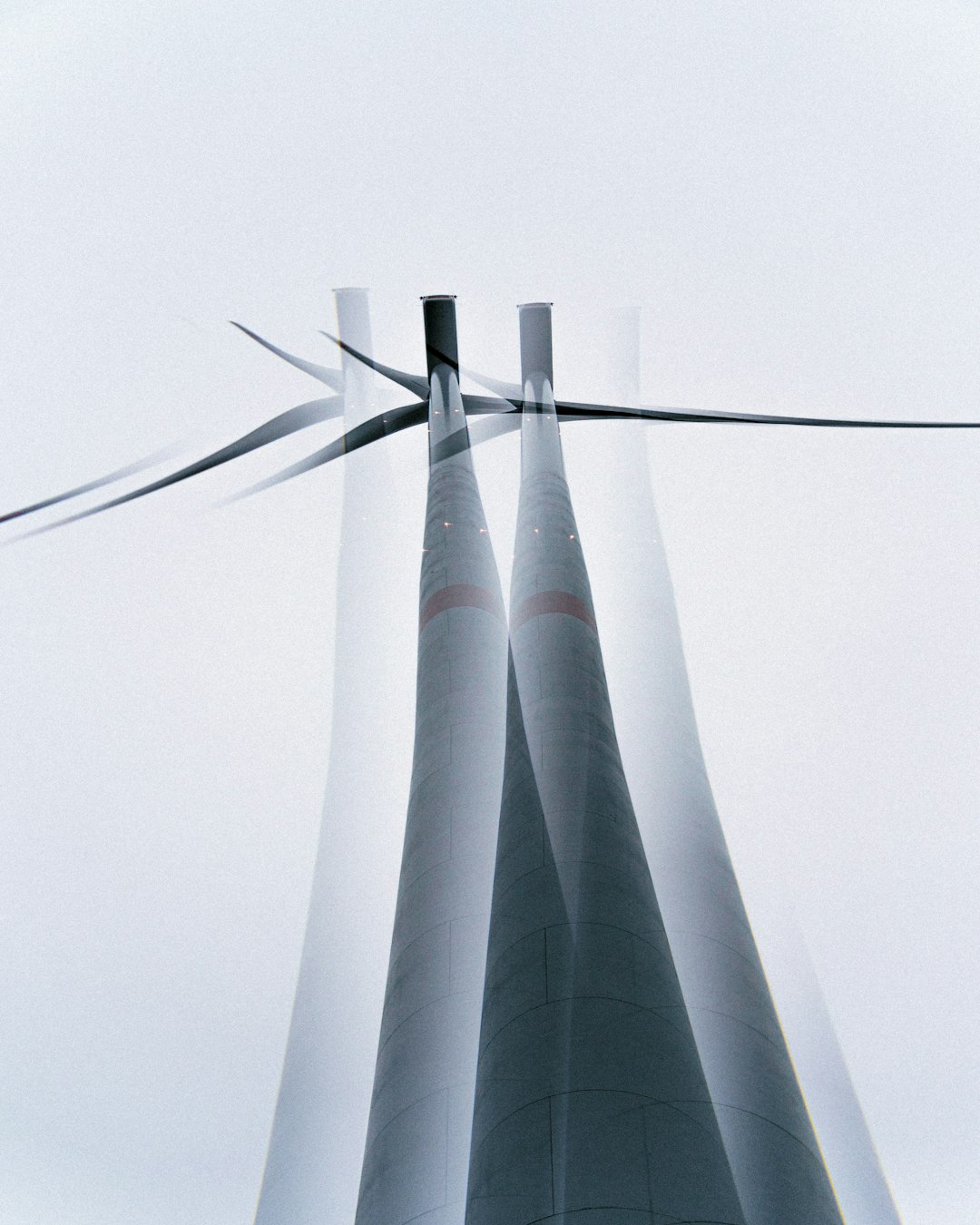
The next-windiest cities are Dodge City in Kansas, Kahului in Hawaii, Amarillo in Texas, Barrow in Alaska, and Cheyenne in Wyoming. The Kansas urban areas of Goodland, Wichita and Concordia are in the main 30 windiest with yearly midpoints of 12.5, 12.2 and 11.9 miles every hour. Dodge City’s legendary status as a Wild West town is enhanced by the persistent winds that still blow through its streets today. The flat Kansas terrain provides no natural barriers to slow down these prairie winds, making them a defining characteristic of life on the Great Plains.
Cheyenne, Wyoming – The High Plains Wind Capital
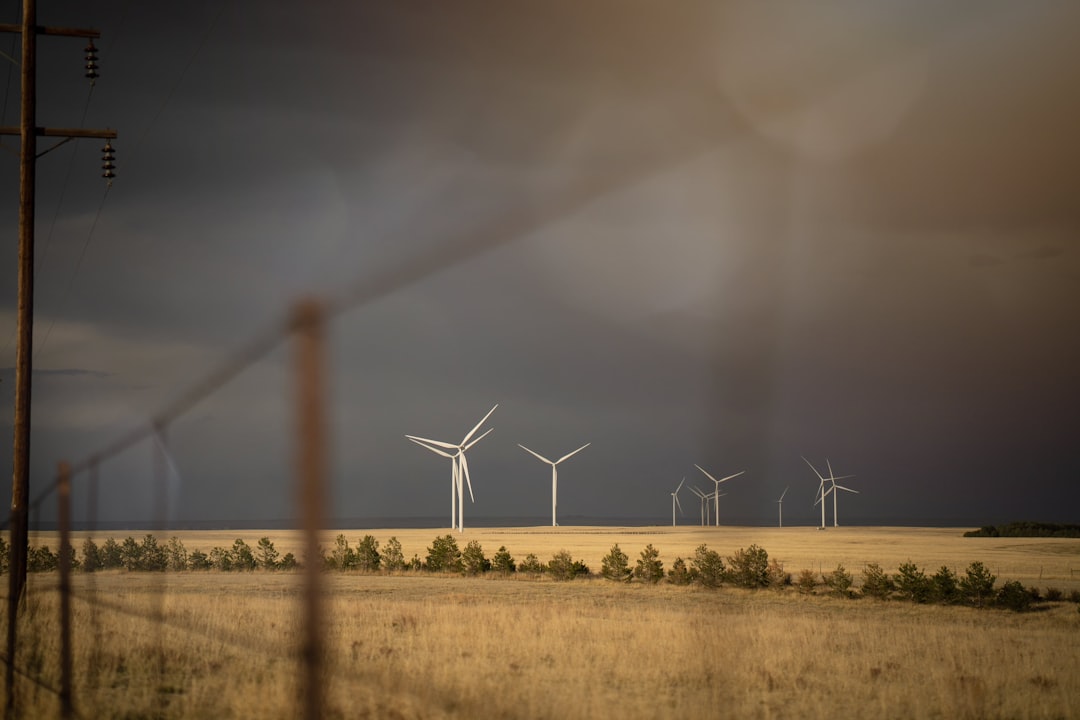
The next-windiest cities are Dodge City in Kansas, Kahului in Hawaii, Amarillo in Texas, Barrow in Alaska, and Cheyenne in Wyoming. Cheyenne’s elevation and position on the high plains create a perfect storm for consistent winds throughout the year. Plains states, relatively flat and without natural barriers like mountains, can develop higher wind speeds than other regions. Some of the top cities on the list are also located at high elevations. The combination of altitude and open terrain makes Cheyenne a natural wind magnet, with gusts that can catch visitors completely off guard.
Great Falls, Montana – The Big Sky Wind Generator
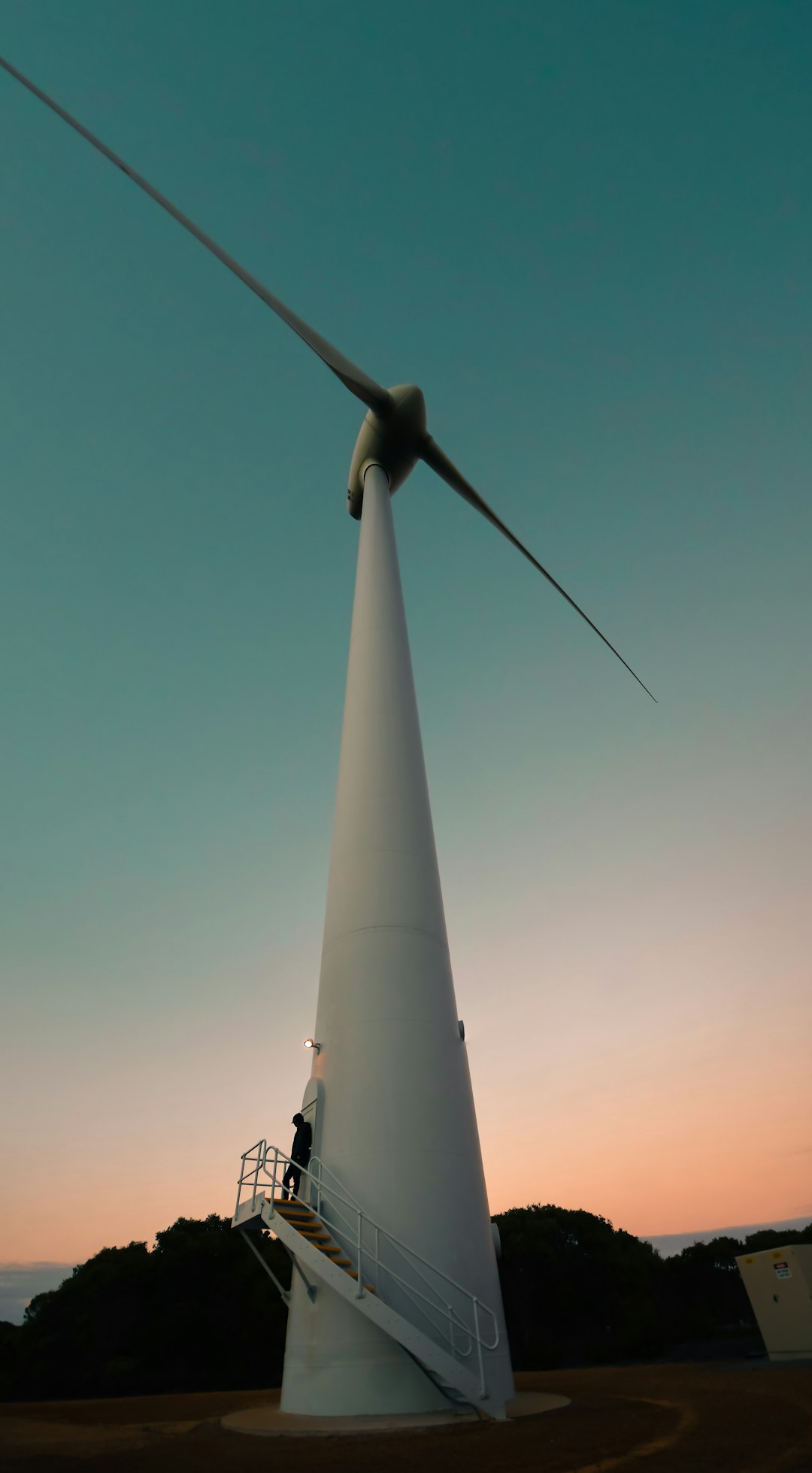
Montana’s nickname “Big Sky Country” takes on new meaning when you experience the winds of Great Falls. The city’s position along the Missouri River and its exposure to both mountain and prairie weather systems create a unique wind environment. The topography here funnels winds through natural corridors, amplifying their speed and making Great Falls one of the more consistently windy places in the northern Rockies region. Residents here have learned to appreciate the wind as part of the area’s natural beauty, even when it makes simple tasks like walking to the mailbox an adventure.
Casper, Wyoming – The Oil City’s Natural Wind Power
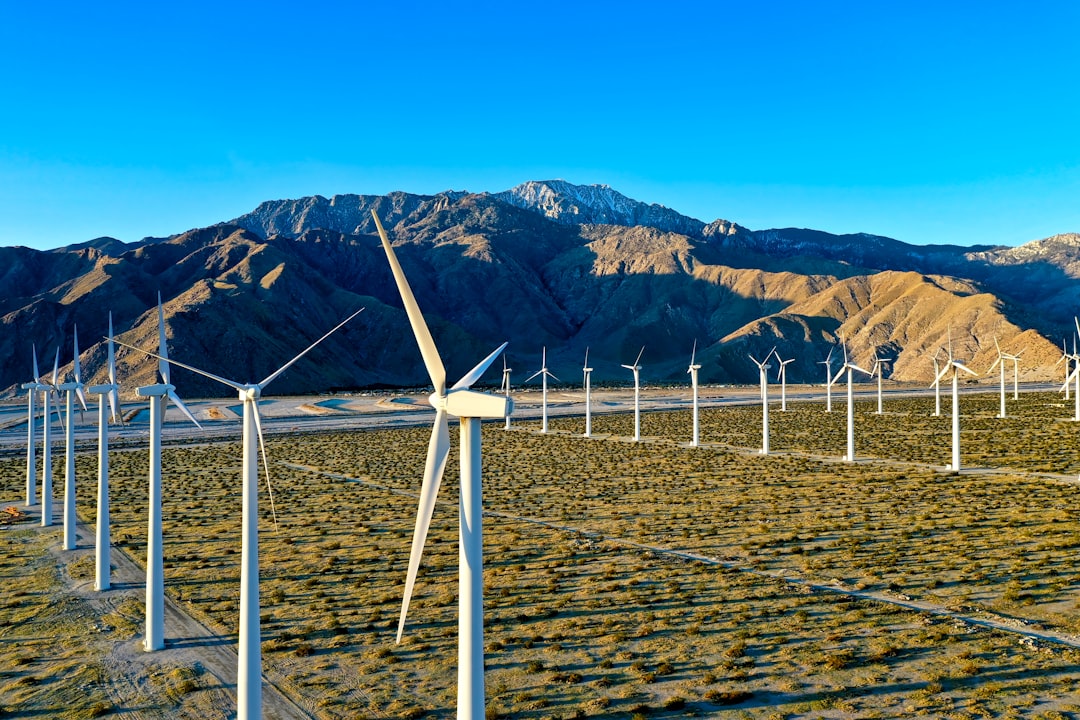
Casper sits in a natural wind corridor that has made it both challenging and profitable for residents over the years. The city’s location in central Wyoming exposes it to weather patterns from multiple directions, creating consistent wind conditions that have attracted wind energy companies in recent decades. Wind can be used as a renewable energy source. Wind power is generated by wind turbines. This creates electricity. In 2019, the United States produced 105,446 megawatts of cumulative wind capacity. What once made life difficult for early settlers has now become an economic opportunity, with wind farms dotting the landscape around the city.
The Science Behind America’s Windiest Places
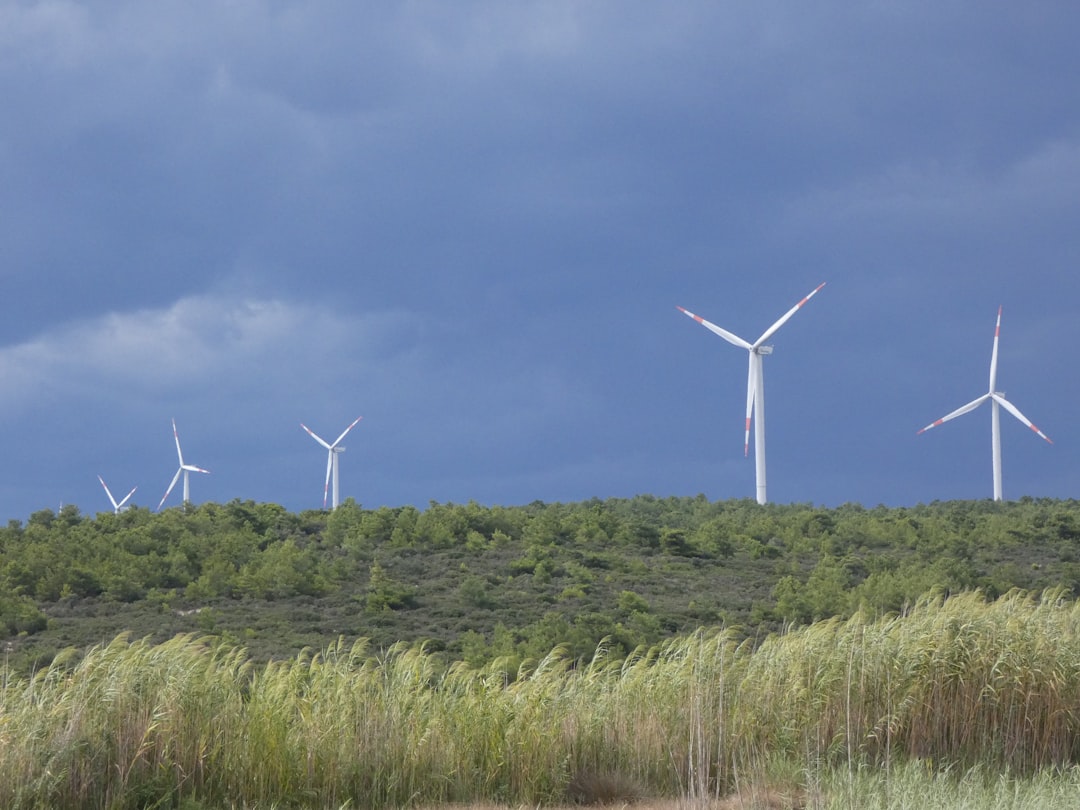
Wind speeds aren’t universal across the U.S. Besides seasonal changes, topography also plays a role in which regions are the windiest. Plains states, relatively flat and without natural barriers like mountains, can develop higher wind speeds than other regions. The pattern of stronger than average winds is clearly defined by a proximity to the ocean or a large body of water. Even though there are some outliers, like Oklahoma City, the majority of cities with a higher than average wind speed are near to a large body of water. This is because water vapor can change air pressure, causing air to rise and fall, which in turn affects wind and a wind’s speed. The wind is caused by differences in atmospheric pressure. When this difference exists, air moves from the area of higher pressure to the area of lower pressure. The differences in air pressure are caused by temperature. Understanding these patterns helps explain why certain regions consistently rank among America’s windiest places year after year.
These fifteen cities represent the places where wind isn’t just weather – it’s a way of life. From the Texas panhandle to the shores of Massachusetts, these communities have learned to embrace the constant breeze as part of their identity. Who knew that Chicago’s famous nickname would turn out to be more legend than meteorological fact?

